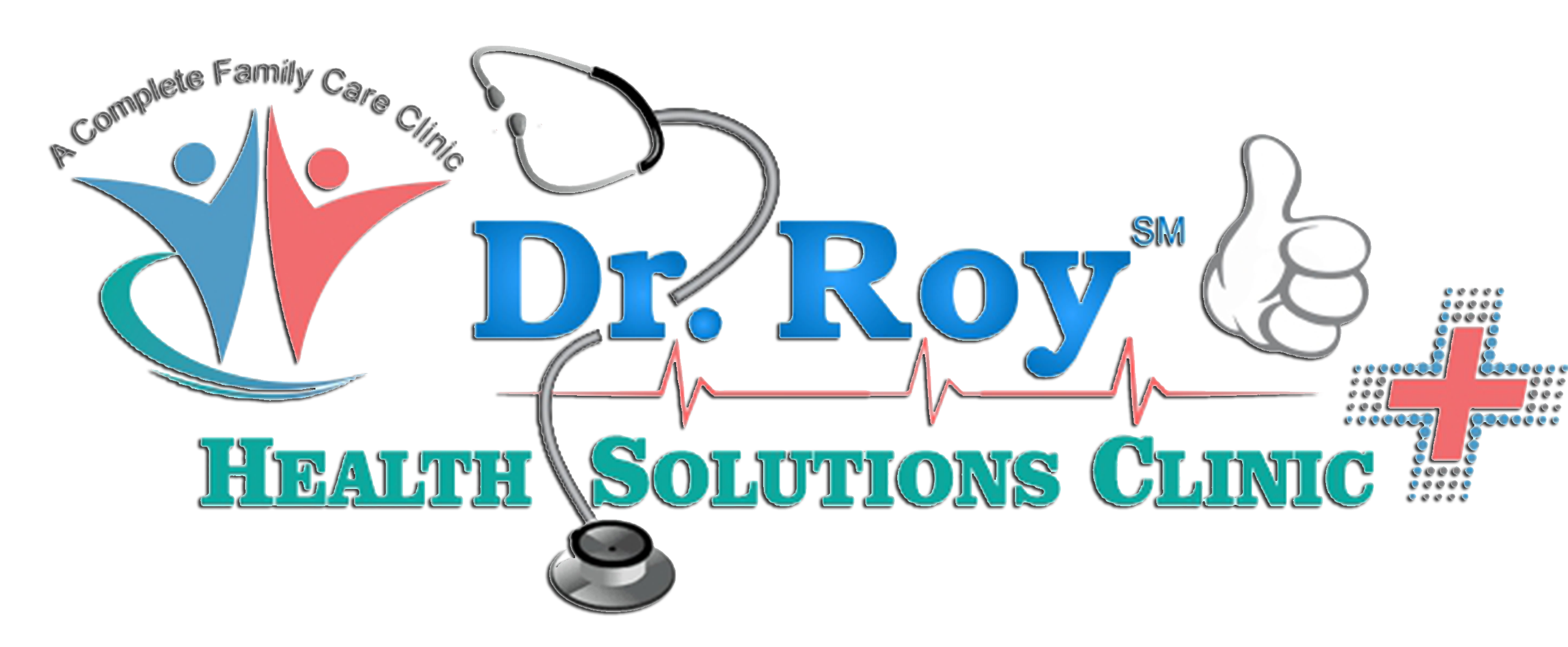Eosinophilic esophagitis (EE) is an allergic condition characterized by inflammation of the esophagus (the tube that connects the throat with the stomach). People with this disease have a large number of eosinophils, a type of white blood cell, in their esophagus.
The majority of individuals with eosinophilic esophagitis have family histories of allergies and symptoms of one or more allergic disorders such as asthma, nasal allergies, atopic dermatitis or food allergy.
Diagnosis
Other diseases, including acid reflux, can cause eosinophils in the esophagus. Therefore, it is useful to exclude acid reflux as the cause with a trial of acid suppressive medications.
Currently, the only way to diagnose eosinophilic esophagitis is with an endoscopy and biopsy of the esophagus. This is typically coordinated between a gastroenterologist and a pathologist.
After the diagnosis of eosinophilic esophagitis has been made, an allergist/immunologist, often referred to as an allergist, is the most qualified physician to determine the role of allergies in the condition. An allergist can provide you, your family and your gastroenterologist with a comprehensive evaluation of the allergic components of eosinophilic esophagitis.
Eosinophilic Esophagitis and Allergies
Allergies are the result of a chain reaction that starts in the immune system. Your immune system controls how your body defends itself. For instance, if you have an allergy to tree nuts, the immune system identifies tree nuts as an invader or allergen. Your immune system overreacts by producing antibodies called Immunoglobulin E (IgE). These antibodies travel to cells that release chemicals, causing an allergic reaction.
Food allergy is a major, yet complex, cause of eosinophilic esophagitis in children, and a probable factor in adult eosinophilic esophagitis.
Environmental allergies such as dust mites, animals, pollens and molds may also play a role.
Testing
Allergy skin tests are useful in determining which allergens are triggering your symptoms. With this painless test, a small amount of allergen is put on your skin by making a small scratch or prick on the surface of the skin through a drop of the allergen extract.
If a raised bump or small hive develops within 20 minutes, it indicates a possible allergy. If this does not develop, the test is negative.
In certain cases, such as severe eczema, an allergy skin test cannot be done and your allergist may recommend a blood test. Another method for testing for food allergies is a challenge. This is done by feeding the food to find if it causes a reaction.
Food patch testing is in another type of allergy test that may be used in the evaluation of EE. This test is used to determine whether an individual has delayed reactions to a food. The patch test is done by placing a small amount of fresh food in an aluminum chamber. The food stays in contact with the skin for 48 hours, is removed and the allergist reads the results at 72 hours. Areas of the skin in contact with the food that have become inflamed indicate a delayed reaction to the food.
Treatment
Elimination Diet
Information about specific food allergies obtained from prick, blood and patch testing can be used to determine if specific food groups should be eliminated from your diet. For many people, this is the only treatment that is required to control eosinophilic esophagitis.
In some instances, all sources of protein must be removed from the diet. This approach is generally reserved for individuals with multiple food allergies, or who fail to respond to other forms of therapy
Medications
No medications are currently FDA approved for the treatment of eosinophilic esophagitis. New forms of therapy are under investigation and may provide significant relief in the future. In the meantime, swallowed steroid from an asthma inhaler or nebulizer is being used effectively, under the care of a physician.


